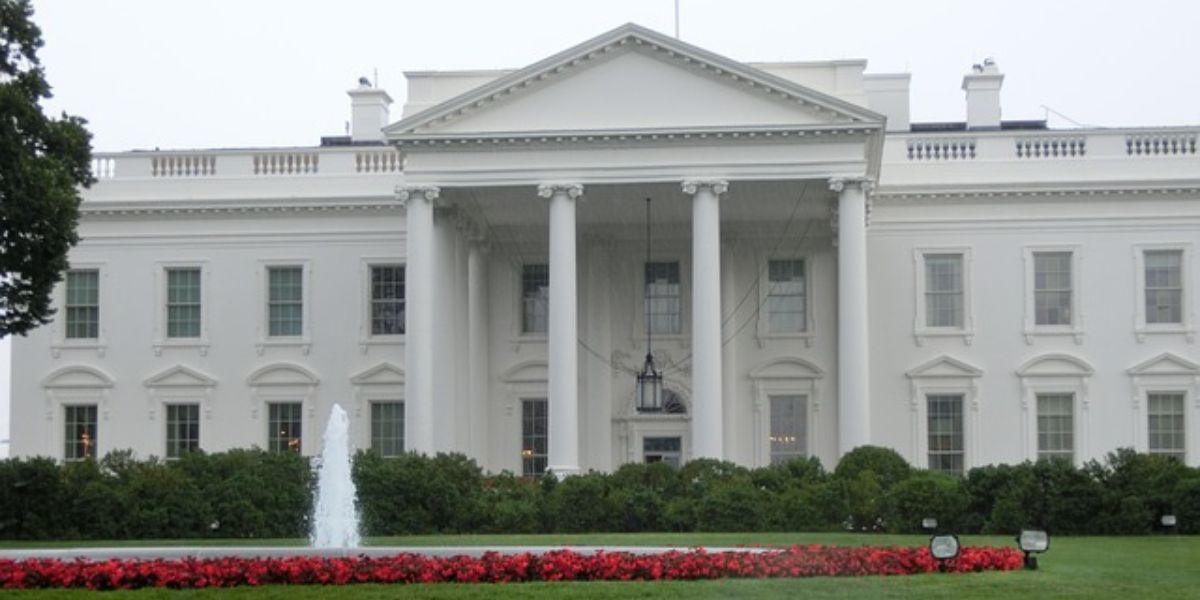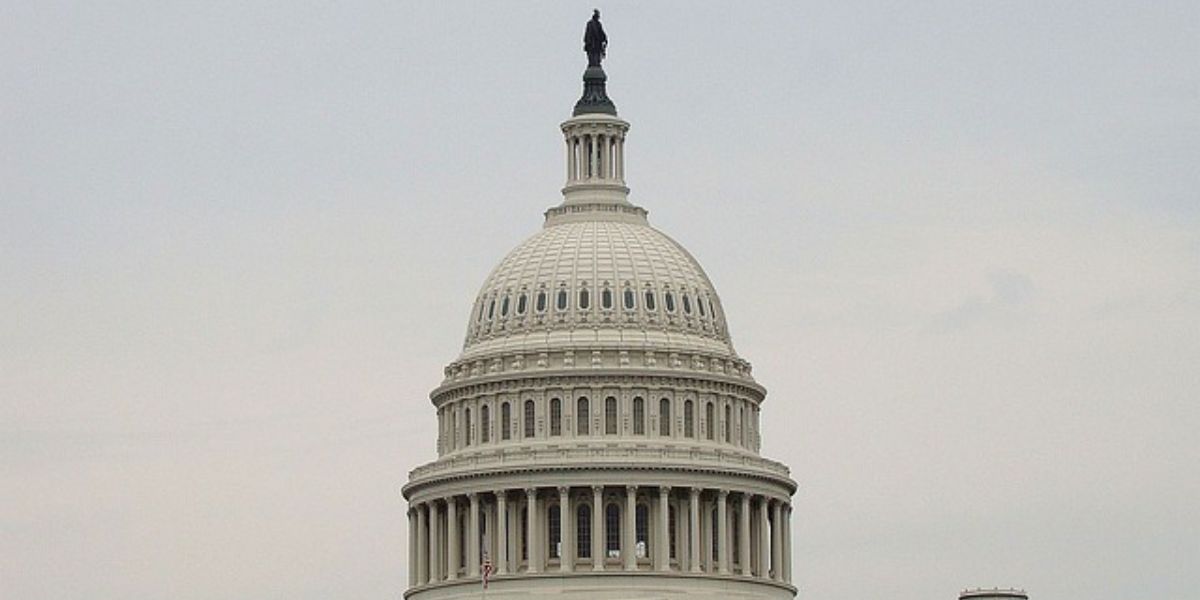On 26 July 2017 the IMF issued a staff report following the conclusion of consultations with the US under Article IV of the IMF’s articles of agreement.
The report suggests that in the medium term reforms should include a more efficient tax system; a more effective regulatory system; an increase in infrastructure spending; and reform of the welfare system. The reforms could raise productivity, labor supply and investment. This would require changes in fiscal spending and revenue priorities and a steady fiscal consolidation course.
The IMF Directors consider that the tax reform should lead to a higher tax-to-GDP ratio but the burden of the fiscal adjustment should not be borne by low and middle income households. The US personal and business tax system should be simpler and less distortionary with lower rates and fewer exemptions. Labor force participation should be increased and support given to low and middle income households. The tax reform should be revenue enhancing over the medium term.
To maintain a flexible workforce the measures should aim to improve educational opportunities, offer childcare support for low and middle income families, expand the earned income tax credit, increase the federal minimum wage and provide better social assistance programs for the poor. Measures to reform the social security system could include raising the income ceiling for social security contributions; indexing benefits to inflation; increasing the retirement age; and introducing more progressivity into the benefit structure.
The IMF notes that there is broad agreement on the objectives of tax reform that include simplifying the system; reducing tax preferences; lowering marginal rates; encouraging labor force participation, business investment and innovation; reducing the polarization of incomes; and supporting low and middle income households.
The US corporate income tax could be reformed by moving to a rent tax such as a cashflow tax or an allowance for corporate capital tax with a lower marginal tax rate. The aim would be to encourage business investment and reduce the incentive to use debt finance. Many of the current corporate tax preferences could be removed. This reform would affect domestic activity and investment but also have international consequences such as effect on international investment location and on incentives for profit shifting,
A transition to a territorial system of taxation has been suggested by the administration but would need to be combined with a minimum tax for profits from low tax jurisdictions to reduce the scope for profit shifting. The administration’s proposal for a one-time tax on the stock of unrepatriated profits of multinationals could be incorporated into the tax reform. The profits could be taxed at rates that are a little lower than the current tax rate. This would be efficient as the profits are past profits but on the other hand deferring the tax has already brought benefits for the taxpayers keeping profits offshore.
Income tax relief for low and middle income groups could help reduce income polarization and increase labor force participation. Most specific tax deductions could be removed and instead the standard tax deduction could be increased. Tax deductions that are not abolished, for example mortgage interest relief, could be capped. Eligibility for the earned income tax credit (EITC) could be expanded and the credit could be increased. This could be combined with an increase in the federal minimum wage so that an increase in the EITC does not lead to a decrease in pre-tax wages for lower income workers.
If the effective tax rate on pass-through entities is lower than the effective tax rate on distributed corporate profits or lower than the top marginal personal income tax rate there is an incentive for some firms to become pass-through entities and for higher income employees to become independent contractors for tax reasons. Any tax rate reduction for pass-through entities must be combined with anti-avoidance provisions to limit the recharacterization of income but this would add an administrative burden.
To ensure that the tax reform results in more revenue the US could rely more on other revenue sources such as a federal consumption tax, a broad based carbon tax or a higher federal gas tax. A move from direct to indirect taxes would have a positive effect on long-term economic growth. The IMF notes however that the proposal to introduce either a carbon tax or a consumption tax is not politically feasible at the moment.














